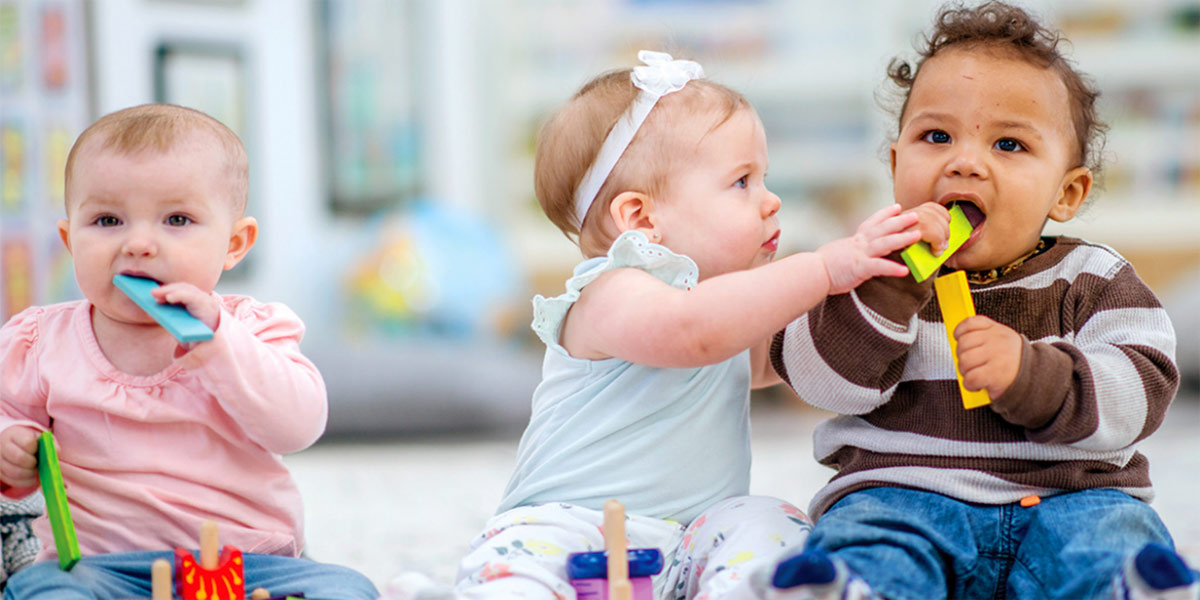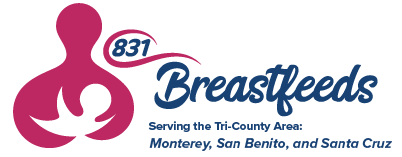
What About Child Care?
- Support from your child care provider is essential. Ask potential providers what steps they take to support breast/chestfeeding.
- Find a child care provider that is close to your work and supports breast/chestfeeding.
- Visit your child care center a few times. Touch toys and items in the center. Your milk will build up immunities to germs in the child care center and pass that protection on to your baby.
- Take your baby to the child care center to get your baby used to it.
What Tips Can I Share With My Child Care Provider?
- Breastmilk is considered a food and does not need special handling.
- Take an item of clothing with your scent on it to your baby’s child care center. Your scent may help calm your baby if they are having a hard time without you there.
- The milk can be warmed by placing the bag / bottle in a warm water for a few minutes.
- Breastfed babies usually eat smaller more frequent meals, usually every 2-3 hours.
- Leftover milk in the bottle should be thrown out within 2 hours of feeding.
- To learn about breast milk storage, go to the CDC website for their recommendations.
- Ask your child care provider to learn more about supporting breastfeeding babies. For more information go to the California-Infant-Feeding-Guide-2016 and CACFP Infant Meal Pattern guidelines.
- To learn more about different types of child care and choosing a provider, refer to the Parent's Guide to Choosing Child Care
